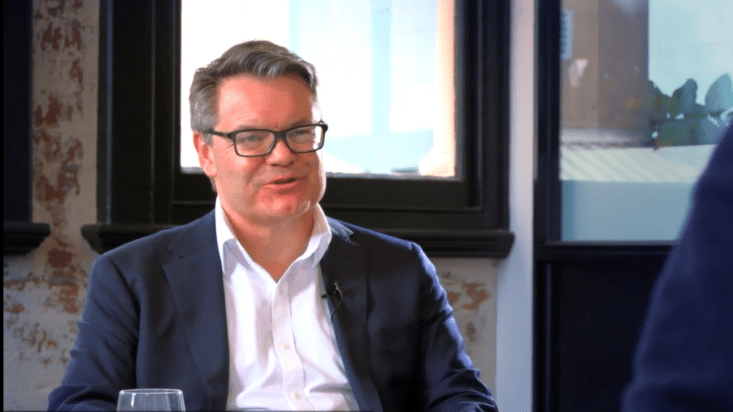US tech stock concentration narrative needs perspective: Claremont Global
While there has been considerable hand-wringing from investment specialists around the world about concentration at the top end of the US stock market, the so-called ‘Magnificent Seven’s dominance of the S&P500 is likely less anomalous than it’s being made out to be. While the market is concentrated, it’s important to separate the headlines from the facts according to high-conviction specialists Claremont Global.
On a recent webcast the Claremont team was asked about whether the group was concerned about concentration in the US. Portfolio manager Bob Desmond first put the issue in perspective by comparing the US and Australian stock markets.
“Looking at the world’s ten biggest economies, the US is actually the second least concentrated market, while the least concentrated is Japan,” Desmond said. “It’s funny that this doesn’t come up in Australia, because Australia is actually one of the most concentrated markets in the world.”
While Claremont has a handful of US tech stocks in its portfolio, including market leaders Alphabet and Microsoft, its flagship portfolio has actually been underweight technology for the past 5 years. They aren’t die-hard proponents of the sector. The premise they take on the technology, however, is crucial to understanding how good managers think; look beyond the headlines and the hype, create your own narrative based on facts, and assess each opportunity with a clear lens.
The idea that Nvidia, Microsoft, Meta, Amazon, Tesla, Apple and Google are coalescing into another bubble analogous to the dot.com crash in 2000 is – at least currently – largely misguided.
“Sometimes people draw comparisons with the 2000, but this is a very different market to dot-com. There are parts that are similar, but a lot of these large tech names are very profitable with high margins and very strong balance sheets,” Desmond said. “I wouldn’t say that valuations are extreme either; look at something like Alphabet on 22 x. Well, Cisco went 175 x.”
Claremont Global co-portfolio manager Adam Chandler added that the situation in 2000 was much more dire, with a daily focus on companies that were set to burn through the last of their cash.
“Today we’re seeing a lot of CapEx from hyperscalers like Microsoft and Alphabet, they’ll do the best part of $50 billion of CapEx this year,” Chandler said. So it’s quite a different scenario, they’re all well funded companies.
“A lot of the talk about the Magnificent Seven and how expensive they are, and how they’re in a bubble and all that, it seems quite extraordinary when you start looking at some of the individual names… the narrative seems to kind of separate at times from the facts when people start comparing to 2000. “And once again,” Chandler continued, “it comes back to our process of just looking at the companies one by one and and trying not to group things together, necessarily, but consider the micro perspective.”











